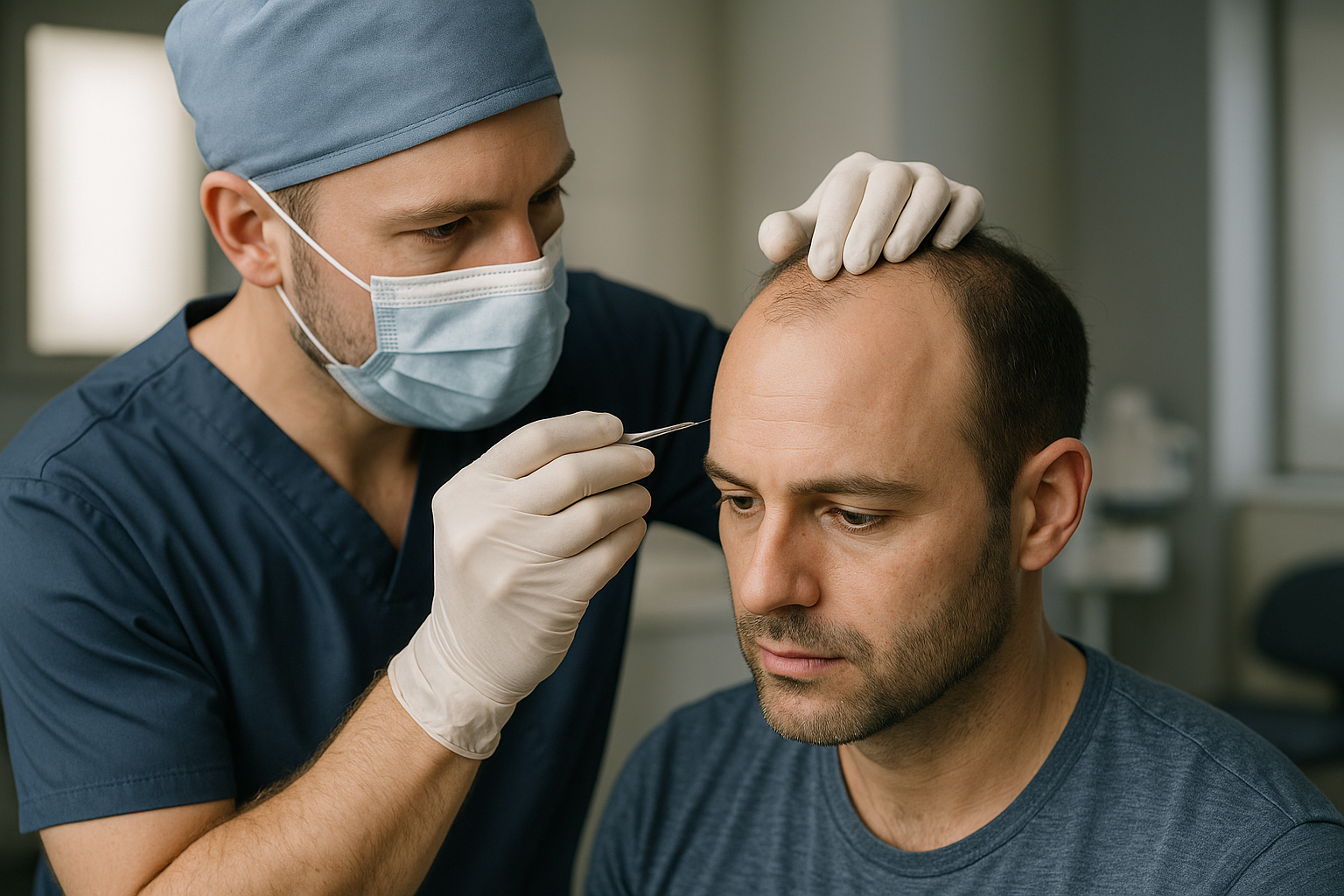Demystifying Hair Transplant: A Comprehensive Guide to Revitalizing Your Tresses
Hair loss is a universal concern affecting people of all genders and ages. It's not just an aesthetic issue but also affects self-confidence and mental health. From ancient times, various remedies have been devised to combat hair loss – from herbal concoctions, oils, to wigs. Recently, hair transplant has emerged as an effective, long-term solution. Although it was introduced in the 1950s, hair transplant has gained significant popularity over the past few decades, thanks to advances in medical technology. In this article, we delve into the history, techniques, benefits, and misconceptions surrounding hair transplant.

The Genesis of Hair Transplantation
Hair transplant dates back to the 19th century when a German professor, Dom Unger, performed the first hair transplant surgery. However, it wasn’t until the mid-20th century that hair transplantation gained recognition as a viable solution for hair loss. The pioneer of modern hair transplantation is Dr. Norman Orentreich, who in the 1950s, demonstrated that hair follicles transplanted from one area (the donor site) to another (the recipient site) retain their original characteristics. This principle, known as ‘donor dominance’, forms the basis of hair transplant surgery today.
Techniques of Hair Transplantation: FUT and FUE
The two primary techniques for hair transplant are Follicular Unit Transplantation (FUT) and Follicular Unit Extraction (FUE). Both techniques involve transferring hair follicles from a donor site (usually the back of the scalp) to a recipient site (the area experiencing hair loss).
In FUT, a strip of scalp is removed from the donor site, and individual hair follicles are harvested from this strip. The harvested follicles are then implanted into the recipient site. This technique allows for a large number of grafts in a single session but leaves a linear scar at the donor site.
FUE, on the other hand, involves extracting individual hair follicles directly from the donor site using a punch tool and transplanting them to the recipient site. This technique is more time-consuming but avoids the linear scar associated with FUT.
The Relevance and Impact of Hair Transplant
Hair transplant has revolutionized the field of hair restoration. Its popularity has soared in recent years, with celebrities such as Elon Musk, Wayne Rooney, and Matthew McConaughey openly discussing their hair transplant surgeries. This exposure has helped to destigmatize the procedure and boost its acceptance.
The impact of hair transplant is not just cosmetic. It significantly improves the patient’s self-esteem and quality of life. A study published in the Journal of Cutaneous and Aesthetic Surgery found that patients who underwent hair transplantation experienced significant improvement in their self-confidence, social life, and overall happiness.
Debunking Myths About Hair Transplant
Despite its increasing popularity, there are several misconceptions about hair transplant. One common myth is that transplanted hair doesn’t look natural. However, with advanced techniques and skilled surgeons, transplanted hair can blend seamlessly with the existing hair and grow naturally.
Another myth is that hair transplant is a painful procedure. While some discomfort is expected, the procedure is typically performed under local anesthesia, and pain is minimal. Post-operative pain can be managed with over-the-counter pain relievers.
Looking Ahead: The Future of Hair Transplantation
The field of hair transplantation continues to evolve, with new techniques and technologies on the horizon. One promising development is the use of stem cells to regenerate hair follicles, potentially offering a limitless supply of donor hair. Robotic-assisted hair transplant is another emerging trend, which could increase precision and reduce surgery time.
In conclusion, hair transplant offers a potent solution for hair loss, transforming lives by restoring hair and boosting self-confidence. As technology advances, it’s likely that the procedure will become even more effective and accessible, making the dream of a full head of hair a reality for many more people.




